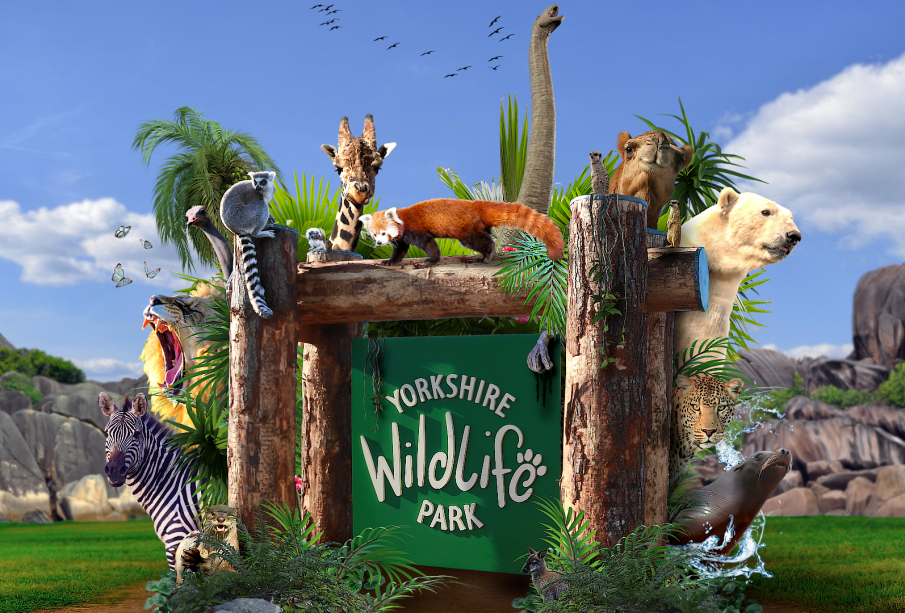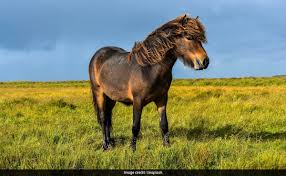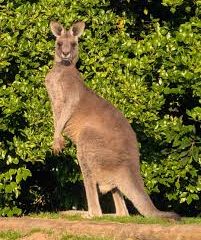Discover the Wonders of Yorkshire Wildlife Park

Introduction
Yorkshire Wildlife Park is more than just a zoo; it’s a conservation centre dedicated to the protection of global species and habitats. Established in 2009, it quickly became a prominent attraction in the UK, drawing visitors not only from Yorkshire but from all corners of the country. With experiential learning opportunities, diverse wildlife, and sustainability efforts at its core, the park plays an essential role in wildlife conservation and education.
The Park’s Highlights
Located in Branton, near Doncaster, Yorkshire Wildlife Park spans over 400 acres and is home to over 400 animals representing 70 different species. Among its most notable attractions are the Amur Leopard and the African Painted Dog, both of which are classified as endangered. The park has made significant strides in creating spacious and naturalistic habitats conducive to animal welfare and visitor engagement.
This year, in response to increased visitor interest and conservation needs, the park has expanded its facilities, including additions to its walking trails and educational resources. The “Wolves of the World” experience allows visitors to see these striking animals in a naturalistic habitat, while the newly introduced interactive exhibits educate guests about the importance of biodiversity.
Conservation Efforts
Yorkshire Wildlife Park is also active in various conservation initiatives locally and globally. It collaborates with international wildlife organisations on breeding programmes, which are crucial for species conservation. For instance, their successful Amur leopard breeding programme is making a tangible impact on the species’ survival, showcasing the park’s commitment to wildlife preservation.
Visitor Experience
The park embraces a family-friendly atmosphere, with amenities such as picnic areas, cafes, and a gift shop featuring locally sourced products. Educational workshops and seasonal events are frequently scheduled, allowing families to engage more deeply with the wildlife and learn about conservation. Special initiatives, such as the “Adopt an Animal” programme, encourage guests to take an active part in supporting the park’s conservation efforts.
Conclusion
Yorkshire Wildlife Park serves as a vital institution promoting wildlife conservation and education. As visitor numbers continue to rise, the park’s influence on public understanding of environmental issues is expected to grow. Going forward, the commitment to conservation coupled with enjoyable family experiences cements its position as a leading wildlife attraction in the UK. For anyone passionate about animals and their conservation, a visit to Yorkshire Wildlife Park is both informative and inspiring.









